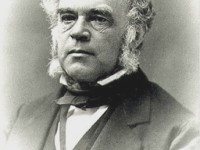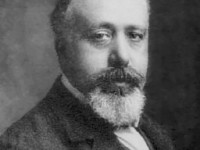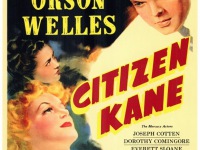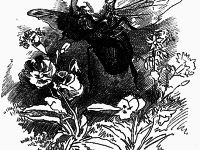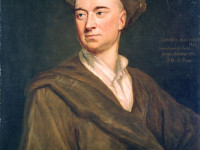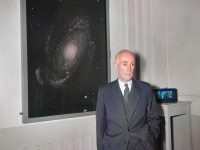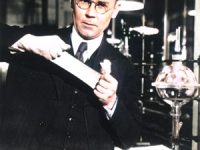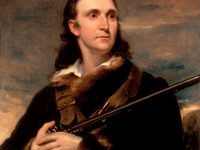John William Draper – Chemist and Photo Pioneer
On May 5, 1811, American philosopher, physician, chemist, historian and photographer John William Draper was born. He is credited with producing the first clear photograph of a female face (1839–40) and the first detailed photograph of the Moon (1840). He was also the first president of the American Chemical Society (1876–77) [14] and a founder of the New York University School of Medicine. John William Draper – Early Years John William Draper…
Read more











